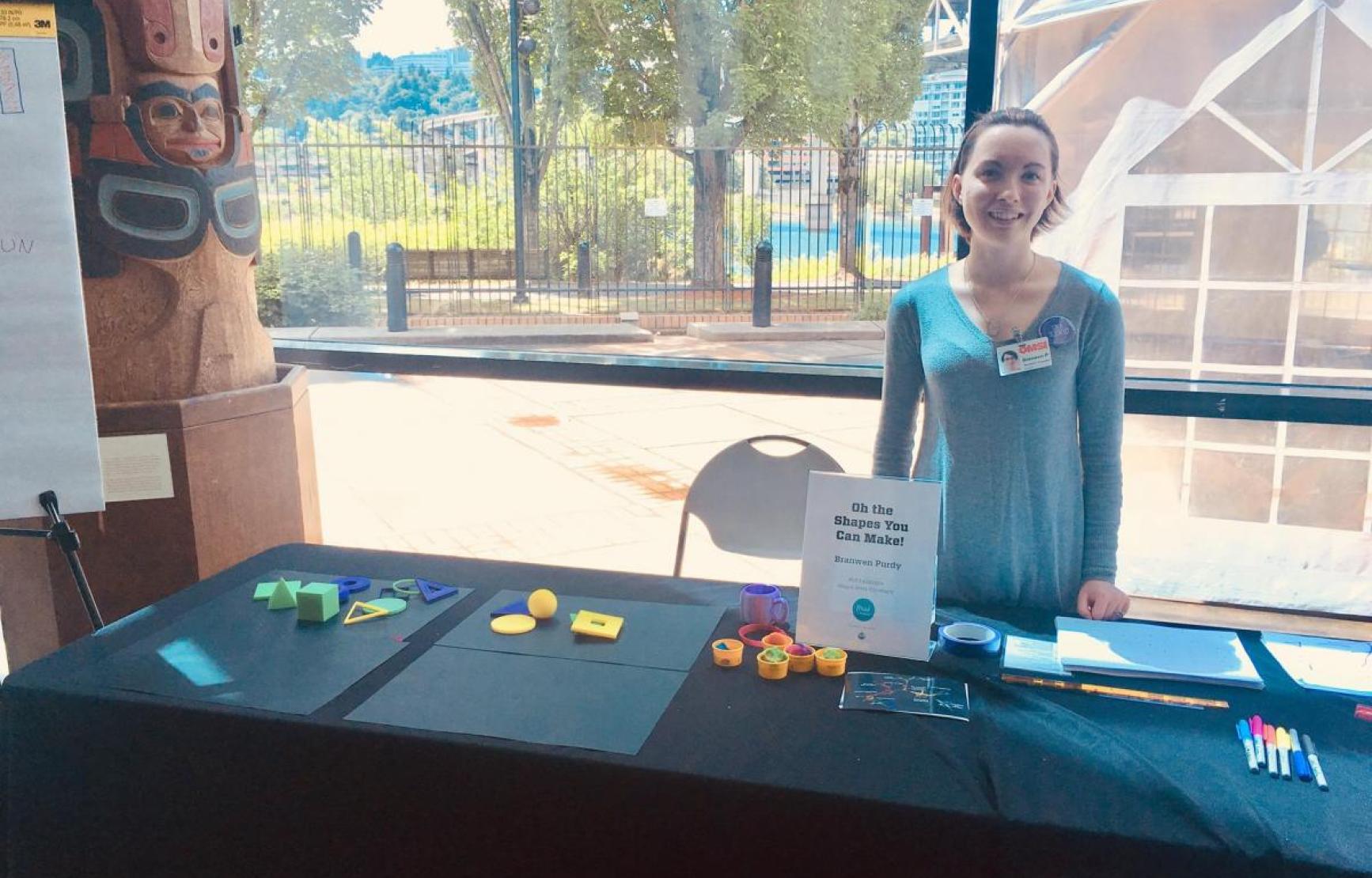Join us for these events hosted by the Department of Mathematics, including colloquia, seminars, graduate student defenses and outreach, or of interest to Mathematicians hosted by other groups on campus.
Math Matters: Multi-* Modeling, Analysis and Simulation
Speaker: Małgorzata Peszyńska
Abstract: We describe our research on multi-scale multi-physics systems modeled with multi-valued operators: a complex blend of beauty, truth and utility of computational and applied mathematics inspired by real life applications. We travel from nano- to pore- to lab- and field scale of porous media filled with fluids and materials in multiple phases to discover and predict the response of these systems to the external changing world. Along the way we show the indispensable role of abstract elegant mathematics to innovate, analyze the accuracy and efficiency of the algorithms and models, and to serve as a universal language. We also show how essential it is to build the bridges within the local Oregon State University community and external partners enabling interdisciplinary collaborations to help our students to "choose the complex and challenging over the easy and simple."Register at https://oregonstate.qualtrics.com/jfe/form/SV_emMiMlaHgrRRtSm Read more.
